I took 200 TRADES with the RVI Trading Strategies and Here’s What Happened…
Does the RVI Trading Strategy even work? This time, I took 200 Trades with the RVI indicator to see if it is better than other strategies we have tested so far. Since there are two widely used RVI Strategies as we saw in the RVI strategy video, I took 100 trades with the RVI strategy that gives signals when the pullback is big, and then another 100 trades with another one that focuses on the strong trends. Here’s what happened.
With the RVI strategy that gives entry signals when the pullback is big, the profit graph went in the upward direction till the first 20 or so trades, but many times the RVI indicator gave crossovers a bit early than the actual pullback, leading to one or two false signals just before the winning trade. This made the profit line go in the sideways direction for a while, and then at one point, the RVI indicator gave too many false signals in a row, and the profit line took a dive near the end. This deeper pullback RVI strategy, or in other words, when I took long RVI signals when the crossovers were below the zero line, and vice versa, the RVI strategy got a breakeven percentage. It didn’t make or lose money.
But when I took long RVI crossovers above the zero line, and short crossovers below the zero line, the profit graph looked very similar to the first strategy at the beginning. This one also won multiple trades in a row till the first 20 or so trades, and then the profit graph went in the sideways direction. But this time, the profit graph didn’t go in the downward direction as it did with the first strategy.
Both RVI strategies had their unique advantages and disadvantages. The first one was not giving entry signal at the top of the trend, but the second RVI strategy was, leading to false signals in the long run. The second strategy was not giving entry signals when the pullback was big, leading to fewer false signals when the trend was changing direction, whereas the first strategy was.
After 200 Trades, the RVI strategy where long signals were taken below the zero line, got a 40 percent approximate win rate with a 1.5 to 1 reward risk ratio. And the RVI strategy where long signals were taken above the zero line, got a 45 percent approximate win rate.
As we can see from the profit graph when the trend is strong, both strategies make money, but in the long run, the second RVI strategy is a bit better than the first one. When another good trend shows up, the profit line with the second strategy has more probability of going in the upward direction and staying there, while the first one has a decent chance of giving back the profit.
4+7.3+4+4+4
The first RVI strategy gets a TR Score of 23.3 out of 50 and ranks 30th from the top.
5+7.3+4+4+5
On the other hand, the second RVI strategy gets a TR Score of 25.3 out of 50 and ranks 23rd from the top.
That’s all.

